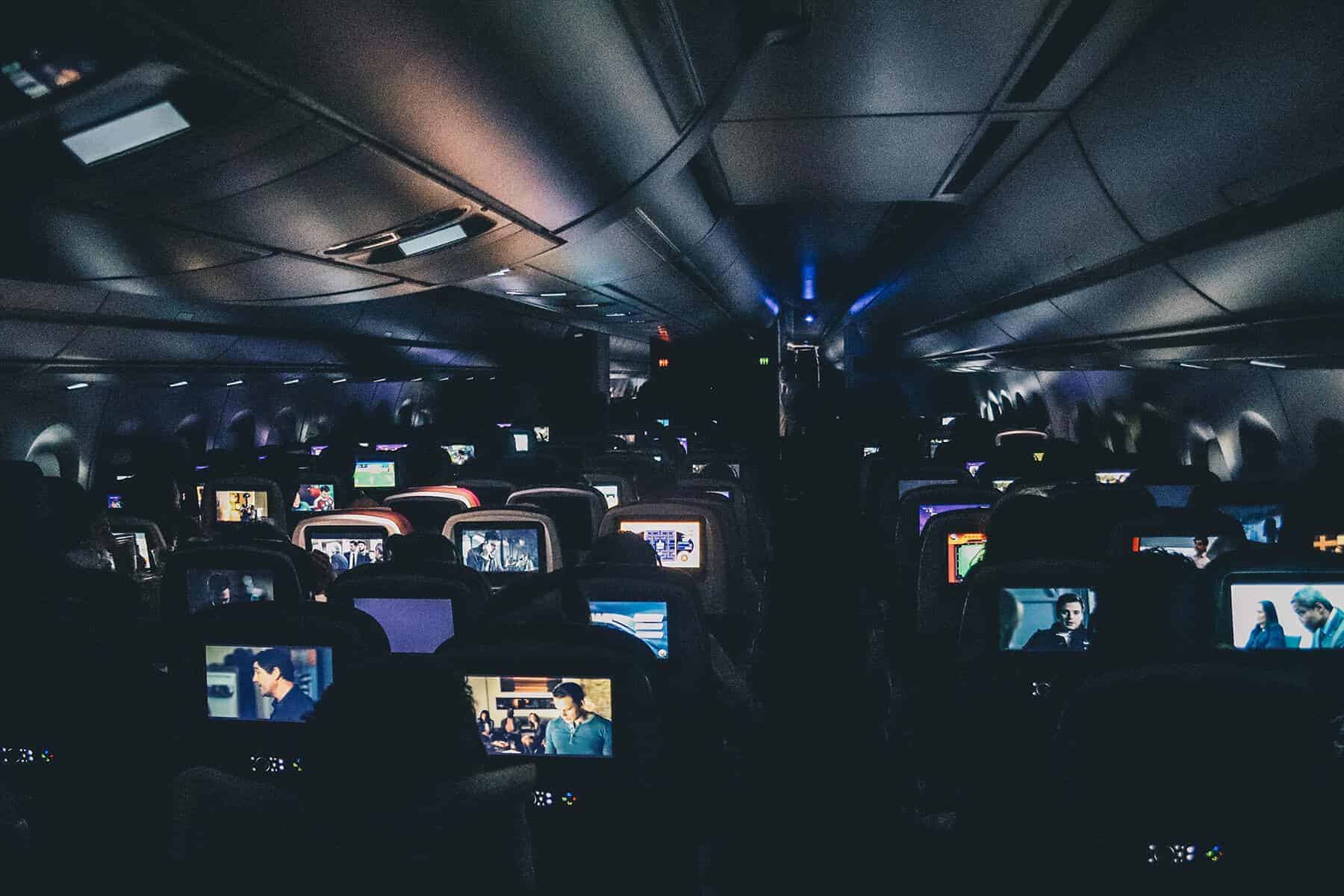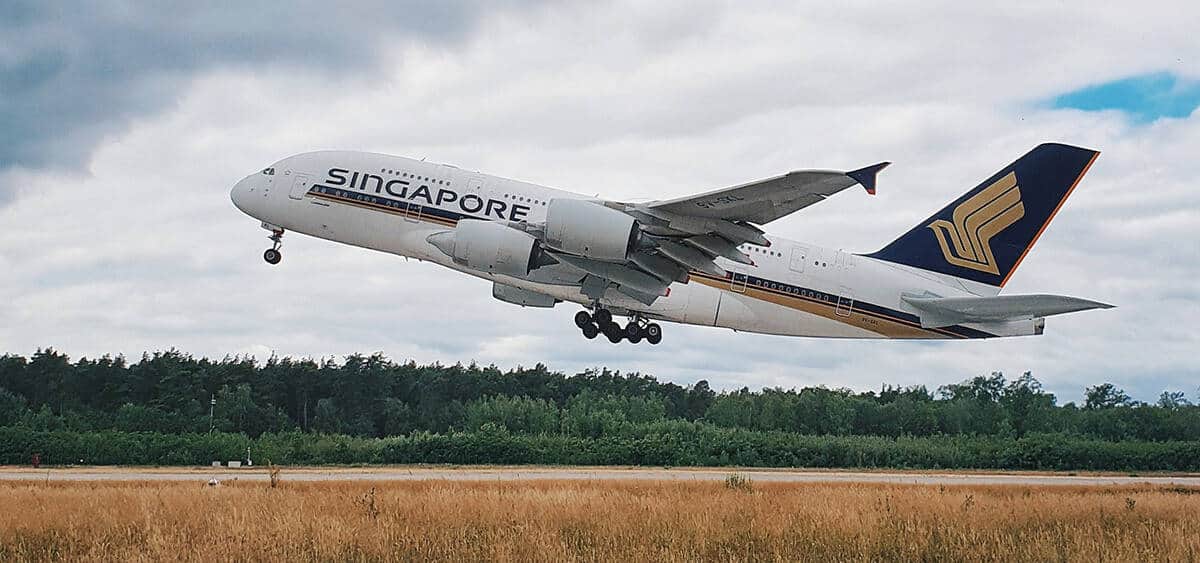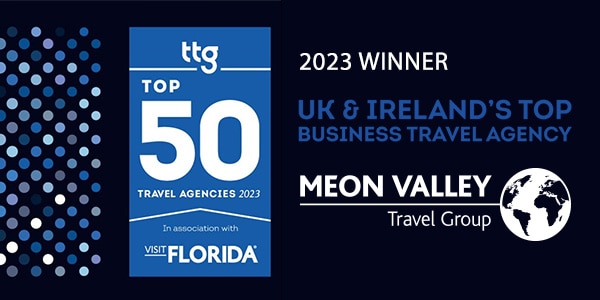Definitions vary a lot, but the point is pretty clear: a single-leg, non-stop flight between some of the most distant destinations in the world. Super long haul flights are in demand, and airlines are rising to the challenge.

Technology Changes the Game
Technology has played a part in changing the definition of super long haul status, and how airlines achieve it.
Between 1943 and 1945, Qantas operated a flight between Perth, Australia, and Koggala Lagoon in Ceylon (now Sri Lanka), that covered 5,652 kilometres with an average flight time of twenty-eight hours airborne. The longest of these flights still holds the record for the longest commercial flight airtime, at thirty-two hours, nine minutes.
As time went on, longer ground distances were covered in less time, meaning that a flight like the El Al Boeing 707-320, in June of 1961, could fly 9,137 kilometres in a comparatively brief nine hours, thirty-three minutes, from New York’s JFK to Tel Aviv.
As longer distances are covered in smaller periods of time, the industry has suffered from the law of diminishing returns, meaning that technological advances became more expensive, and made a smaller impact on flight times and distances that could be achieved. During the first fifteen years of the second millennium, the economics of it had become too difficult, and many super long haul flights were cancelled.
However, recent falling oil prices and more efficient aircraft have coupled to cause a resurgence of interest in pushing aircraft – and passengers – to their geographical limits. The super long haul flight has returned.
Challenges of Super Long Haul Flying
Crew Needs
Modern labour laws are much more protective of employees than they have been in the past, and safety has become a primary concern of the flight regulation bodies. For these reasons, the old days of putting a few people on board to serve the passengers for many hours on end, despite fatigue and discomfort, are gone. Modern flights require enough crew on board to rotate in and out of shifts, allowing one team to rest while the other covers the needs of the passengers and other crew.
A real-world example of this was the 25 March 2006 flight chartered by Tony Blair, to get him and his entourage from meetings in Brussels to the closing ceremonies of the Commonwealth Games in Melbourne, Australia. The flight covered a record-breaking 17,157 kilometres and lasted eighteen hours, forty-five minutes. It required a BA staff of twenty people to allow for rotation of (both cabin and cockpit) teams.
Medical Care
As well as staffing concerns, super long haul flights carry more than the average risk of medical emergencies occurring on board – only because their duration makes them, effectively, several flights in one.
Medical emergencies while airborne only occur about once in every six hundred flights. Considering that ‘emergency’ may include a number of conditions, from the more common ailments such as nausea and diarrhoea to more serious – but less common – problems like heart attacks and strokes, the risk is relatively low. Cabin crew are trained to deal with many situations, and sometimes passengers are alerted to the need for a doctor to volunteer advice and aid.
Aircraft are sometimes rerouted to make emergency stops at an unscheduled airport, to allow a seriously ill passenger to be taken to hospital by paramedics or EMTs. This is rare though, and obviously not an option for aircraft flying over unpopulated zones, such as oceans or Arctic tundra, which is often the case with super long haul flights.
Luckily for the airline industry though, technology has increased the ability of the crew to handle medical emergencies in-flight, and the ability of aircraft to carry sufficient fuel and crew to make even the longest stretches between destinations, now within the reach of upcoming flights.

Entertainment and Rest
A flight of eighteen hours or more is not just a long period of time, it is a long enough period of time to create physical and mental stresses on passengers that could cause an upsurge in medical and security issues aboard super long haul flights.
Sitting in a single seat for that long is medically dangerous. Blood clotting and other problems are real risks if passengers don’t get up and move around a little at regular intervals. Planes designed for the super long haul legs must have some kind of facility to allow a good stretch and a little walking around.
Along with those physical stresses, are mental and emotional ones as well. Boredom can set in, causing some passengers to simply sleep, but others to become agitated and irritable. Couple this condition with the consumption of alcohol and the effects of high altitude on human body chemistry, and there is an increased risk of aggression, confrontation, and generally poor behaviour. Besides running the risk of escalating to violence, these distractions can cause lapses in safety protocols, and can profoundly decrease the sense of security and comfort of the passengers and crew. Steps must be made to ensure adequate and varied entertainment is freely available.

Super Long Haul Goals
The Singapore Airlines leg between Singapore and Newark, New Jersey, is the current front-runner for the longest super long haul flight. The ground distance travelled is from about 15,300 to as much as 16,000 kilometres or more. Qantas currently flies between London England, and Perth Australia too, just shy of seventeen hours in the air covering a ground distance of 14,470km.
But the title of the longest single leg flight is due to change.
Several companies, Singapore Airlines among them, have challenged aircraft manufacturers to modify or create a passenger plane that can fly commercial flights between Sydney, Australia, and London England. Inroads have been made, and Boeing is hoping to have an answer to the challenge by 2022. The projected flight time? A whopping twenty-one hours.
Other super long haul flights that are being considered include Perth to Paris, Sydney to New York, Auckland to New York, and Auckland to Toronto, Canada.
The Future of Super Long Haul Travel
It appears that it will not be too many more years until any two points on the planet can be connected by commercial passenger flights. The technology is here, and all that remains is to create enough efficiency – or market demand to drive prices up – to make the economics of it viable to the airline industry.
With the publicised intentions of several airlines already aiming at unlimited super long haul flying, it seems only a matter of time until this practice circles the globe.






